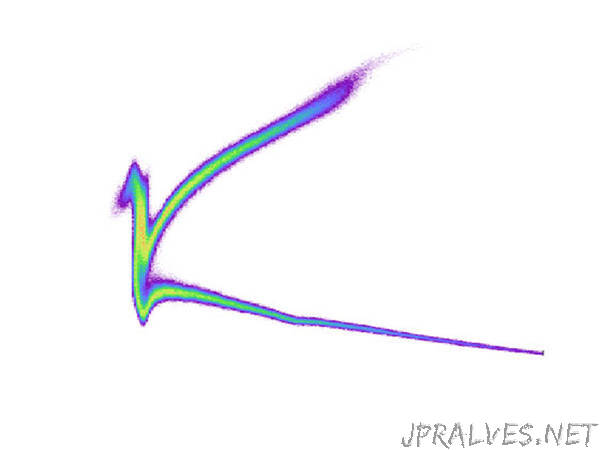
“Lasting just a few hundred billionths of a billionth of a second, these bursts offer new tool to study chemistry and magnetism.
The Science
Reactions in solar panels, catalytic converters, and other devices are governed by the quick motion of electrons. To capture the movement of these electrons, scientists use pulses of extremely high energy x-rays. The challenge is making the pulses short enough to get a good look at the electrons. Now, the shortest-ever pulses of hard x-rays were produced using two methods developed at SLAC’s Linac Coherent Light Source. The pulse duration is just a few hundred attoseconds long, or billionths of a billionth of a second. It set a record for hard x-rays produced by free-electron lasers.
The Impact
With the availability of these ultrashort hard x-ray pulses, scientists have a new tool to capture the fast motions of electrons on the atomic or molecular scale. These tools push the frontiers of research into chemical reactions and magnetic processes that involve ultrafast electrons.
Summary
To capture the fast motions of electrons that govern many chemical processes, x-ray pulses in the attosecond range are required. Two methods have been developed at the Linac Coherent Light Source, both manipulating the tightly packed bunches of electrons produced by the SLAC linear accelerator. These methods have been used to generate hard x-ray free-electron laser pulses only a few hundred attoseconds long for the first time. The x-ray pulses are shortened by either using nonlinear compression of the electron bunch or by passing the bunch through a slotted metal foil. In these two configurations, only a small part of the bunch is selected to lase. Thus, the emitted x-ray laser light has a much shorter pulse length. The schemes leverage the existing x-ray free-electron laser facilities and provide new capabilities for ultrafast x-ray sciences. Due to the nature of how free-electron laser pulses are produced, these schemes only yield attosecond pulses in the hard x-ray domain. Extensions to soft x-rays, which are important for chemical science studies, are the subject of a new project called XLEAP, based on optical laser modulation methods, with testing now underway at the Linac Coherent Light Source.”
